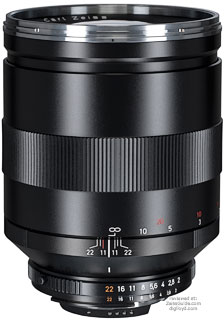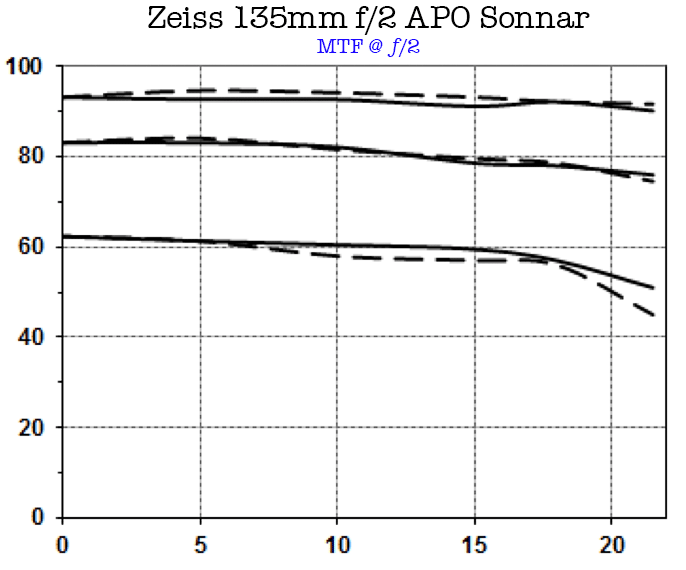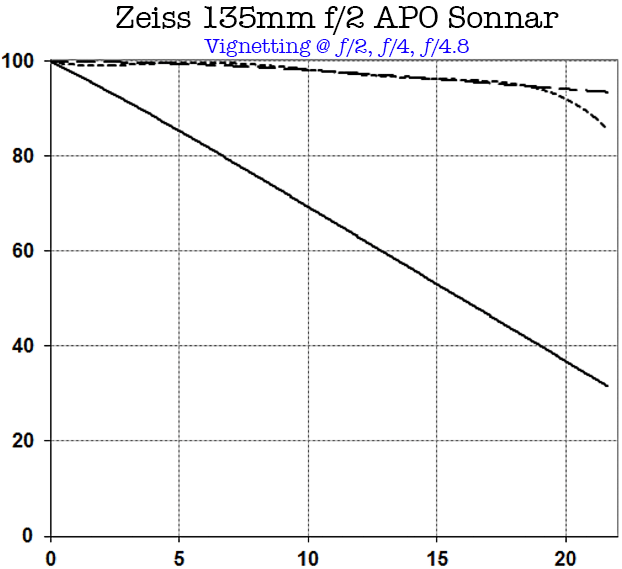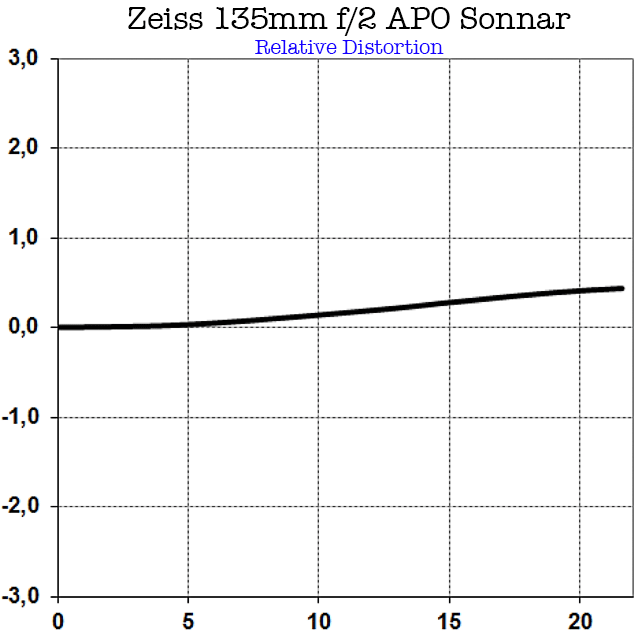Zeiss ZF.2 / ZE 135mm f/2 APO Sonnar for Canon or Nikon
Lovely new lens.
According to Zeiss USA, the list price for the Apo Sonnar 2/135 is targeted at $2,000, which is only slightly higher than the 100mm f/2 Makro-Planar.
Enjoying the evocative atmosphere of dusk against a dreamlike backdrop - as an inconspicuous observer, the tele lens lets you experience this unique moment from the distance.
Detached from the background, the Apo Sonnar T* 2/135 enables an incomparable interplay of soft evening light and radiant colors.
Offering the utmost flexibility in a wide diversity of situations, this tele lens can also capture the actor's emotions on the stage from the third row and take breathtaking portrait photos.
A lens design with relatively few glass-to-air surfaces, invented by Dr. Ludwig Bertele at Carl Zeiss in 1930 to provide the fastest lenses of that day for 35 mm photography offering speeds up to f/1.5 and well controlled veiling glare. This is where the name comes from, containing the German word for sun, ’Sonne’, the symbol of utmost brightness.
Apo Sonnar with 11 lens elements in 8 groups
Lens made of special glass with anomalous partial dispersion "Floating Elements" design.Apochromat — Because this lens is an apochromat, chromatic aberrations (axial chromatic aberrations) are corrected with elements of special glass with anomalous partial dispersion. The chromatic aberrations are therefore significantly below the defined limits. Bright-dark transitions in the image, and especially highlights, are reproduced almost completely free of color artifacts.
High-Speed Lens — Great low-light shots start with a great lens for your DSLR camera. A high-speed lens captures as much light as possible. A lens with a wide maximum aperture offers the best results in difficult lighting conditions.
Close focusing distance — The aspherical lens design ensures consistent imaging performance throughout the entire focusing range as well as sharpness to the periphery of the image. The asphere's more complex surface profile can reduce or eliminate spherical aberration and also reduce other optical aberrations compared to a simple lens.
Excellent resolution and high contrast — Rich, vibrant colors are vital to creating a lasting impression. Stray light in the lens, however, would lead to a brightening of the image, which is particularly visible in shadow areas. Image contrast is lowered; the image appears dull and bleached. We combine various, elaborate techniques to reduce unwanted stray light.
Ideal aperture with nine blades — Photographers want to guide the observer through the image. Minimal depth of focus is often used as a design element. This keeps the background intentionally blurred to keep the attention of the observer on the main subject. These different representations of the blurred areas, as well as the quality of the transition, are referred to as the Bokeh of a lens. The finely tuned features of the optical design on Carl Zeiss DSLR lenses ensure a particularly harmonious effect of the blurred areas of the image. The nine diaphragm blades and the resulting, virtually circular aperture on Carl Zeiss DSLR lenses are crucial to favorable rendition of highlights in the fore and background.
| Focal length: | 135mm |
| Aperture scale: | f/ 2 – f/22 (1/2 stop clicks) |
| Focusing range: | 0.80m (2.62')– infinity |
| Angular field, diag./horiz. | 18,7° / 15,6° / 10,5° |
| Coverage at close range: | 5.71 x 3.78″ (145 x 96 mm) |
| Image ratio at close range: | 1:4 |
| Number of elements/groups: | 11/8 |
| Entrance pupil position ( in front of image plane) | 34,5mm (1.36′′) |
| Filter thread: | M77 x 0,75 |
| Weight: | ZF.2: 920g (2.03 lbs) ZE: 930 g (2.05 lbs) |
| Dimensions (with caps): | 128 mm (5.03″) ZE: 130 mm (5.12″) |
| List price: | TBD |
MTF
High contrast on coarse and fine structures wide open, rising to exceptional levels centrally by f/4. Mild drop-off to the edges yet still very high performance. The dropoff might or might not be a very slight field curvature.
Vignetting
No visible vignetting by f/4. Pleasing effect at f/2.
Distortion
Mild pincushion distortion common among lenses of this focal length.

































